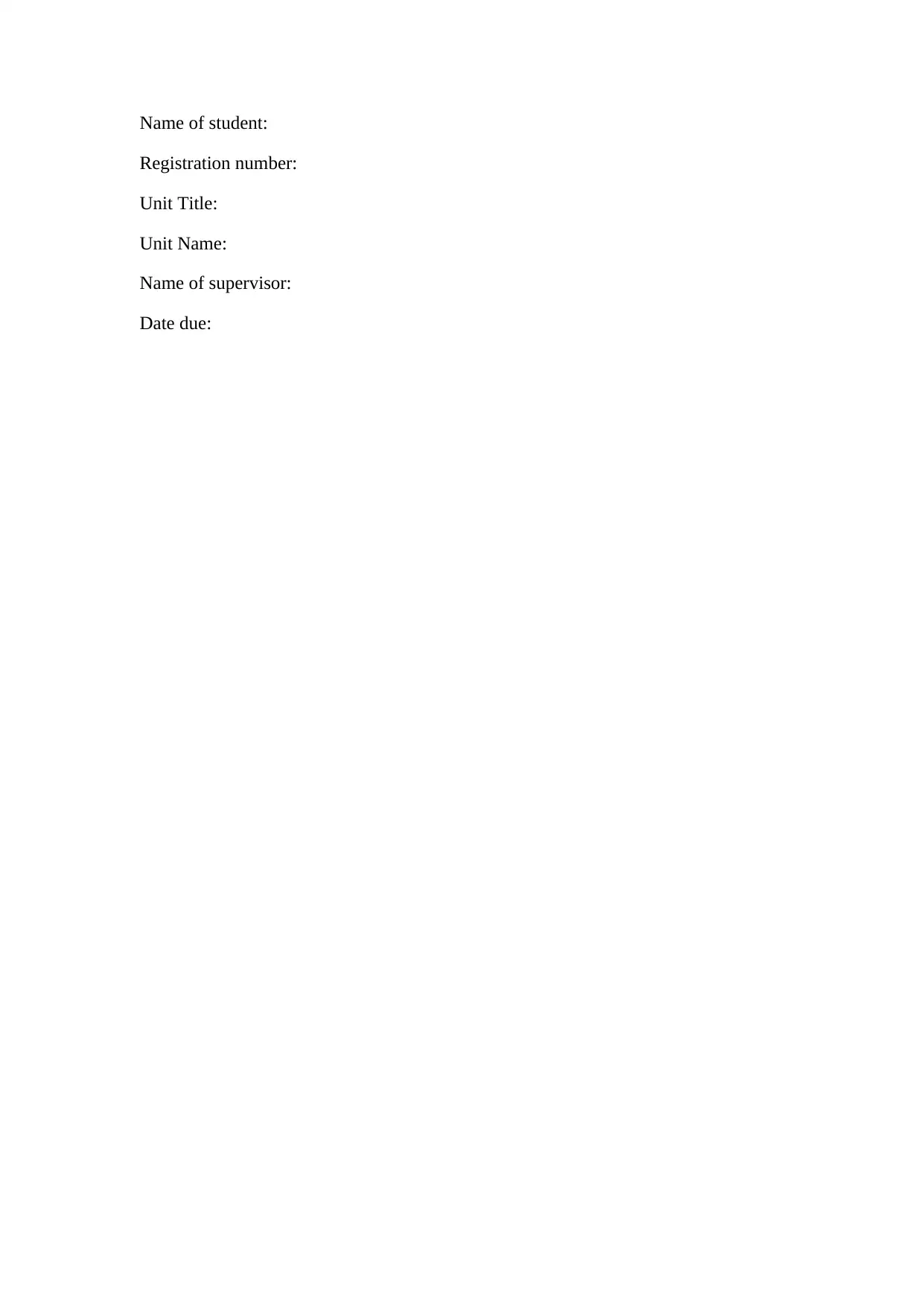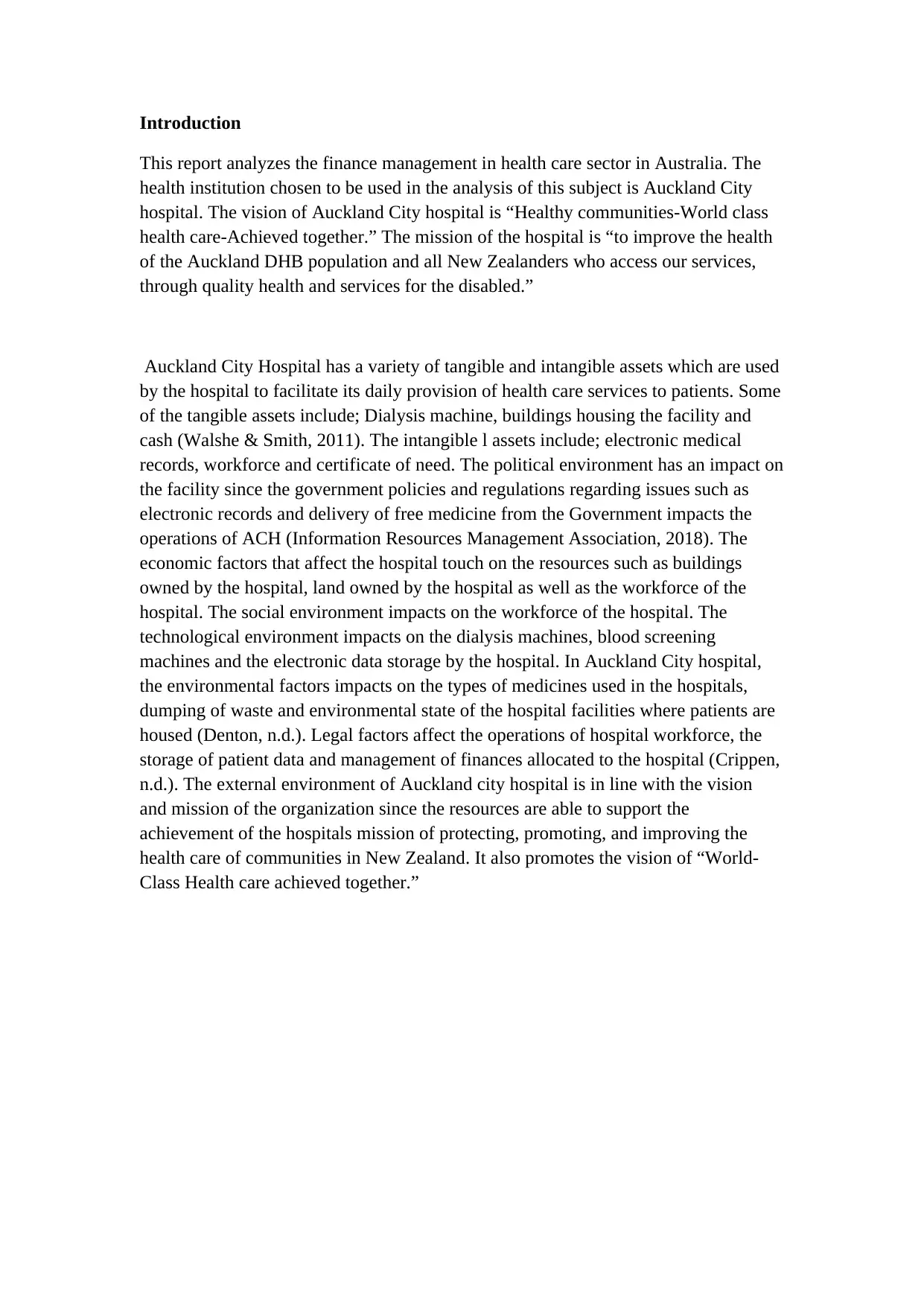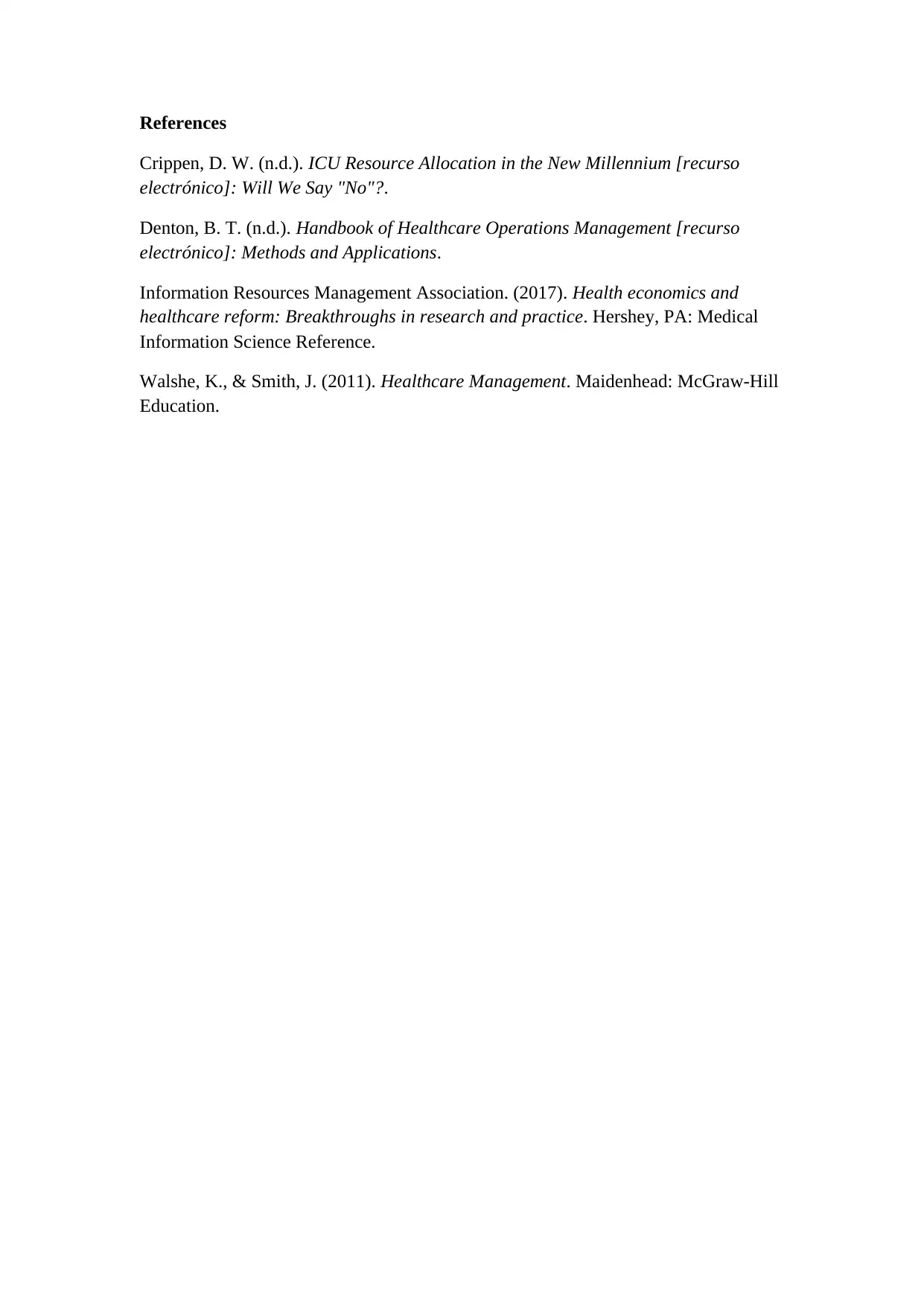Analysis of Finance Management in Auckland City Hospital Healthcare
VerifiedAdded on 2020/05/04
|3
|507
|62
Report
AI Summary
This report provides an analysis of finance management within the healthcare sector, focusing on Auckland City Hospital as a case study. The report begins by outlining the hospital's vision and mission, followed by an examination of both tangible and intangible assets, including dialysis machines, hospital buildings, electronic medical records, and the workforce. It then delves into the impact of the political, economic, social, technological, and environmental factors on the hospital's operations. The analysis considers how government policies, economic resources, workforce dynamics, technological advancements, and environmental sustainability influence the hospital. Legal factors, such as the handling of patient data and financial allocation, are also addressed. The report concludes that the external environment aligns with the hospital's mission of improving healthcare and its vision of providing world-class care. This report is a valuable resource for students studying healthcare finance, providing a comprehensive overview of financial management and its challenges in a hospital setting.
1 out of 3




![[object Object]](/_next/static/media/star-bottom.7253800d.svg)